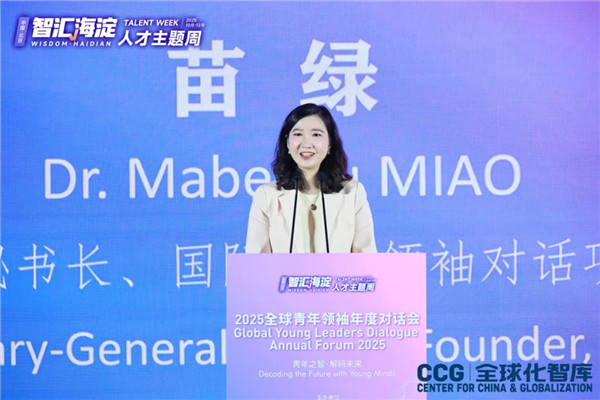He Weiwen: Master blueprint at a crucial juncture in Chinese rejuvenation
March 05 , 2021
 The fourth session of the 13th Chinese People’s Political Consultative Conference is held at the Great Hall of the People in Beijing, March 4, 2021. /VCG
The fourth session of the 13th Chinese People’s Political Consultative Conference is held at the Great Hall of the People in Beijing, March 4, 2021. /VCG
By He Weiwen, a senior research fellow at the Center for China and Globalization(CCG).
The fourth session of the 13th National People’s Congress (NPC), which opens on March 5, will review and adopt the blueprint for China great rejuvenation – the 14th Five-Year Plan (2021-2025, FYP) and Long-Range Objectives Through the Year 2035.
China attained the first millennium goal in 2020, the last year of the 13th FYP (2016-2020), having turned China into a moderately prosperous society, eradicating all poverty, with per capita GDP crossing the $10,000 mark by the centenary of the founding of the Communist Party of China. On this historical plateau, China aims at the second centenary goal of becoming a developed, modern socialist state by 2049, 100 years after the founding of the People’s Republic of China.
Two steps have been mapped out for the coming 30 years, with the first 15 years (by 2035) as the first one, aiming to build China into a medium developed economy, with real GDP to double over 2020’s figure. In other words, the real GDP growth rate should keep at 4.7 percent per annum for the next 15 years. The 14th FYP guides the first five years of this period and serves as the very foundation both in the speed and model of growth.
In order to secure 4.7 percent annual GDP growth for the next 15 years, the growth rate for the first five years 2021-2025 must be relatively higher, say at 5 percent or above. If realized, China’s per capita GDP will top $13,000 by 2025, thus crossing over the middle-income trap. However, considerable challenges will persist both internally and externally.
The falling birth rate and aging society will continue to pose challenges to China’s sustainability of human resources supply and social cost. And the serious U.S. containment, including trade, investment and especially key technology ban or restrictions pose a continuous threat to China’s high tech-driven growth.
China’s economic growth and her long march towards the great rejuvenation is thus at a crucial juncture in 2021. The 14th FYP and the long-term objectives by 2035 is the master blueprint covering the next five years and 15 years respectively, will undoubtedly serve as a historical guide.
Different from the previous five-year plans, the 14th FYP highlights the national strategy on science and technology, aiming at world-leading science and technology achievements.
By the completion of the 13th FYP, China has already become the world’s largest manufacturing power, with its added value accounting for 30 percent of the world total, larger than the U.S., Japan and Germany combined. Chinese exports in 2020 were nearly twice the size of those of the U.S. Hence, the quantity growth has been close to the maximum. However, its per capita GDP was only slightly higher than $10,000, 15 percent that of the U.S. Therefore, the further growth must depend on quality growth, on high tech which creates much higher added value.
Innovation-driven growth has been our priority for many years. While considerable achievements have been attained, China is still not at the fore in the world. The 2019 innovation country rankings put China at 14th, behind countries including Switzerland, Sweden and the U.S.
A good case is China’s semiconductor chips industry. The U.S. ban on chips to Huawei and restrictions on many other Chinese companies serves as a warning. With the stringent external restrictions likely to continue, we have come to realize that we have lost years on our own R&D and creating our own cutting-edge semiconductor industry.
In previous years, we were quite happy about the low-end application of the information and telecom technology, even very proud of the “new four inventions,” namely, e-commerce, mobile payment, bicycle-sharing and high-speed rail. Mass innovation and mass entrepreneurship was the slogan which encouraged large numbers of low-end, capital-driven start-ups but did not help much in lifting the whole nation’s technology position in the world.
On the contrary, the landmark technology achievements such as Beidou and Tiangong were all the results of national efforts in independent R&D and manufacture.
It is of historic significance that the 14th FYP stipulates the national science and technology strategy, targeting cutting-edge scientific research and key technology initiatives. Of course, the strategy is by no means shutting the door up. On the contrary, China opens the door for all the world. They can set up R&D centers in China and enjoy the national treatment as Chinese businesses or entities do.
Only in this way can China build up a comprehensive, independent system of high technologies, securing long-term high-quality growth and hitting the 2035 objectives on time.
Topical News See more






